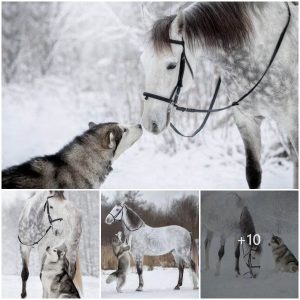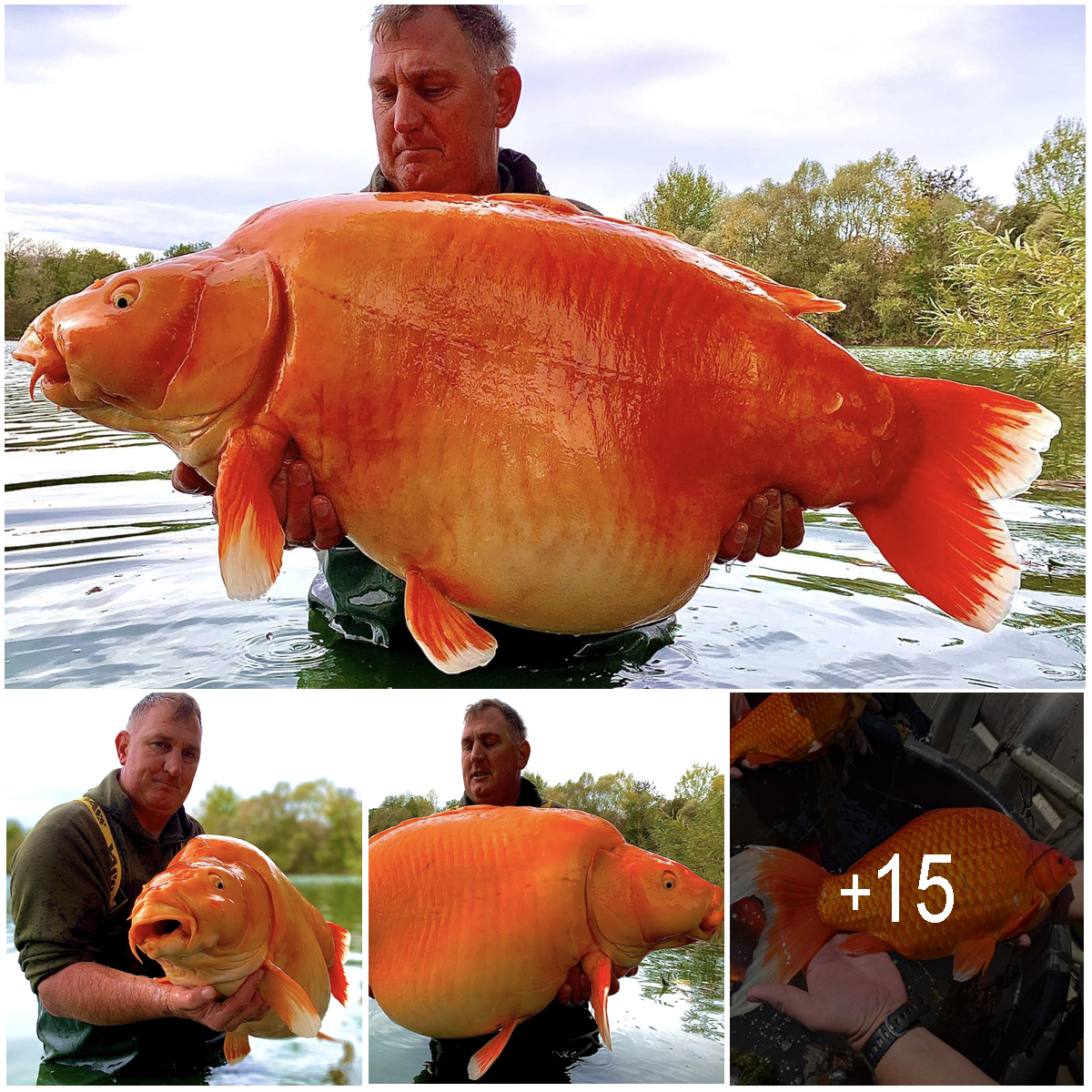
A person went on to describe the extraordinary bond he has with his Arabian horse and his belief that the horse knows how he feels and where he wants to go without being cued. What appears to be a telepathic connection develops from experience and sensitivity and emerges when the horse and rider are working together in harmony with a common mind and purpose. Even if some individuals seem capable of mind-reading, there’s no scientific evidence for it in humans or horses. A rider’s intentions create unconscious and automatic muscle movement.

A rider’s intentions are telegraphed from mind to muscle, even when the rider isn’t consciously aware of it. From the moment the rider’s brain thinks about changing speed or direction, that message is automatically transmitted through the nervous system to the muscles in preparation for action.

1 Small changes in the position and tension of the rider’s muscles anywhere in the body—legs, hands, arms, seat, rhythm, and breathing—can get the horse’s attention and foreshadow a specific action. The more experienced the rider is, the more automatic the unconscious the intention movement will be.

An intuitive connection with the horse is enhanced when the rider has a quiet seat and hands because the horse is more likely to detect the subtle intention movement and can learn to anticipate the rider’s rein or leg cue. If the rider doesn’t have a quiet seat and hands, the intention movements will go unnoticed in a background sea of random, meaningless movements—the “noise” some riders create that a horse will learn to ignore.


Horses have a keen sense of touch that can detect a rider’s smallest movements. As prey animals, horses have heightened sensory abilities,2 which includes highly sensitive pressure and pain receptors in the hair and skin. Most riders use tactile signals to communicate with the horse, through tension in the reins, movement of the seat, and pressure and position of the legs.


Horses can feel a fly on their flank, so they certainly are capable of detecting the small shifts in muscle tension caused by a rider’s intention movements that precede and predict a deliberate rein or leg cue. An experienced, attentive, and willing horse will pick up on these subtle intention movements and learn to respond to them even before the rider is conscious of having given a signal, giving the impression that the horse has read the rider’s mind.


Horses learn to anticipate familiar routes and routines. Horses have an impressive capacity to learn, remember, and problem solve. Given a limited selection of choices, many horses will easily anticipate the most likely course of action. What feels like mind-reading is, in some cases, simply reflect a horse making the most obvious choice before the rider signals it to do so.


This might be even more likely if the route or routine is familiar and predictable. Take-Home Message. Horses probably cannot telepathically read a person’s mind, but some horses might seem to do so by learning to respond to subtle and unconscious intention movements that precede a rider’s deliberate cues. This level of sensitivity and responsiveness in a horse is uncommon and usually emerges when both horse and rider are attentive to one another, skilled in the activity, and possess complementary interpersonal styles.






